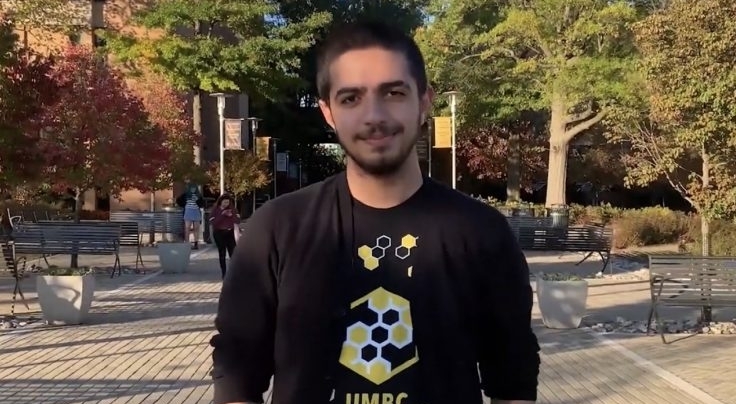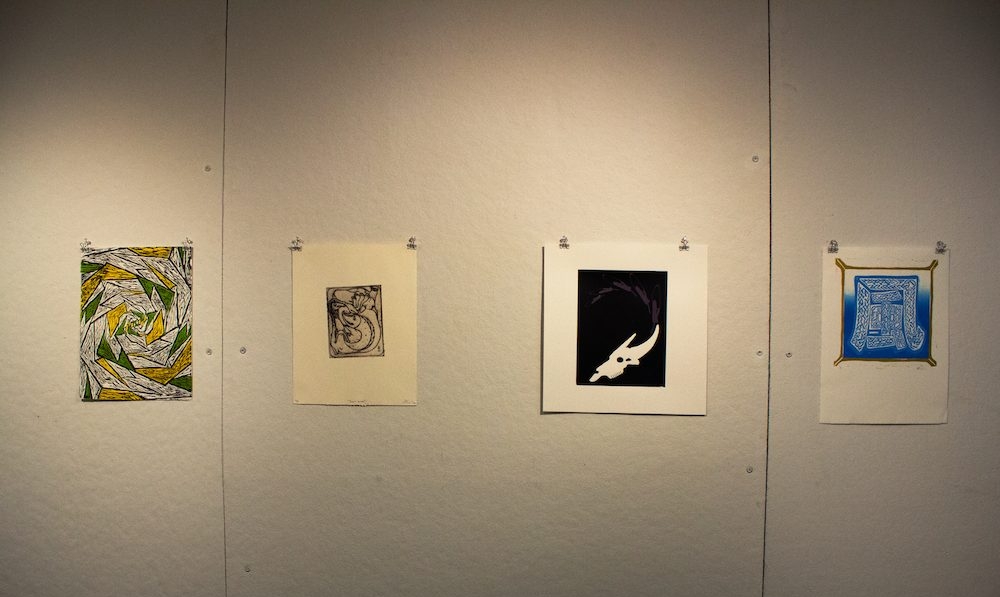UMBC is known for being a green campus, and this year it’s become even greener with multiple initiatives to help the environment.
Brittney Kramer
Contributing Writer
Although it is nothing new that UMBC is a green campus, a number of new additions this year make UMBC even more environmentally aware.
The Community Garden, which recently won a Prove-It award after students voted, now has raised beds for growing food. For winning the competition, the Garden Project was granted funding, and they are now looking for people interested in gardening a plot. There is a food plot application available to students who wish to grow in the garden.
Many other positions have opened up in environmental awareness groups on campus as well. There are over ten programs and clubs available for students to join, and these can be found on the UMBC sustainability site (sustainability.umbc.edu).
Outside of student-oriented green initiatives, there are also now green roofs on two UMBC buildings: the Patapsco Hall Addition and the Apartment Community Center. Soon the Administration building will also have a green roof.
“Green roofs are rooftops with live, growing plants on top,” said Tanvi Gadhia, Environmental Sustainability Coordinator, “This increases insulation, saving energy, captures rainwater, reducing runoff, a major factor contributing to water pollution, and improves the environment.”
There are also two LEED certified buildings on campus: The Green Apartments Community Center, and more recently, the Performing Arts & Humanities Building. “LEED stands for Leadership in Energy and Environmental Design,” said Gadhia.
Gadhia said, “Certifications of Silver, Gold, and Platinum recognizes varying levels of design and performance in areas including sustainable site development, water savings, energy efficiency, materials selection, and indoor environmental quality.”
Last year the Green Apartments Community Center became UMBC’s first LEED certified building, and it received a Silver Certification. This year the Performing Arts & Humanities Building joins it with another Silver Certification.
There are many features of the Performing Arts & Humanities Building that make it LEED certified, including rainwater harvesting, reduced light pollution, reduced water consumption, sun control devices, and controllability of systems (lighting and temperature controls), to name only a few.
UMBC has a strong community devoted to being environmentally aware, and as Gadhia said, “UMBC is committed to reducing energy use, stormwater runoff, and waste to reduce pollution. Our policies reflect this commitment and set guidelines for minimizing ecological damage.”
Students have a say in what happens at UMBC too, and with 10+ groups, there are many ways to have an impact on the environment. The new initiatives that came to UMBC this year are not the last, and there are plans to increase the sustainability and environmental awareness at UMBC.
“Whether through staff efforts, community input, research, teaching or service, the entire community is essential in determining what we are capable of accomplishing,” said Gadhia.
New buildings, as well as upgrades to existing buildings, will continue to happen here at UMBC. All of these plans include LEED buildings and designs that benefit, rather than harm, the environment.
The UMBC campus is green, and it only shows signs of getting even greener in the future. Steps are being taken to create a more sustainable campus, and to have less negative impact on the environment.
“In order to have more just and sustainable society we as a university must ensure we minimize the amount of resources we consume and the waste we produce,” said Gadhia, “and use our capacity for discovery in order to generate new solutions that benefit society.”
Sources;
Tanvi Gadhia, Environmental Sustainability Coordinator tanvig1@umbc.edu
Welcome back to a GREENER UMBC (http://my.umbc.edu/news/45952)
Get Involved – UMBC Sustainability (http://sustainability.umbc.edu/get-involved/)
Fostering Community by Design (http://umbcbreakingground.wordpress.com/2013/10/28/fostering-community-by-design/)
Sustainable Design: Green features of new PAHB building (http://my.umbc.edu/news/29523)
UMBC Community Garden wins SGA Prove-it grant funding (http://my.umbc.edu/news/43783)

